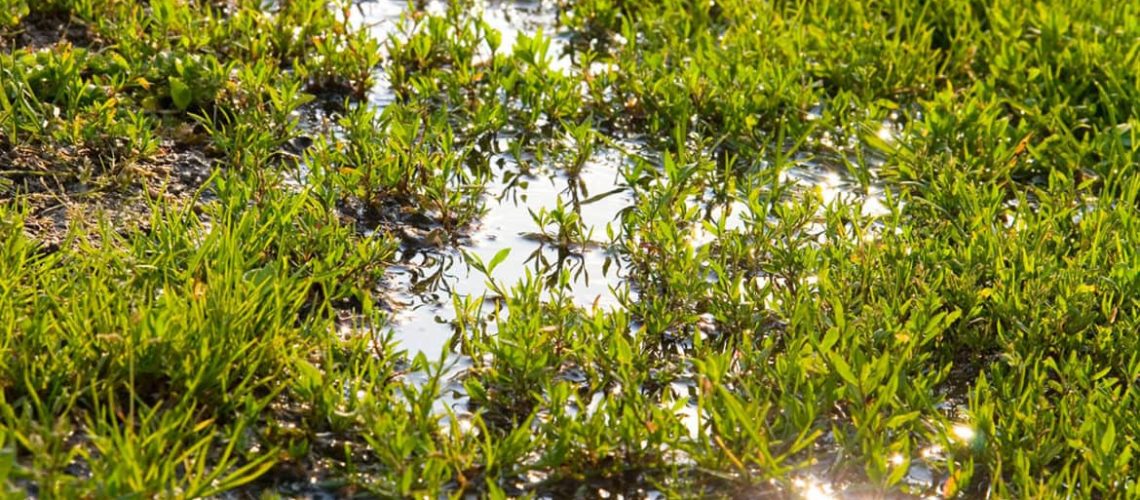Although the National Hurricane Center traditionally declared June 1 as the start of the Atlantic hurricane season, there is always a chance that tropical storms start forming earlier in the Caribbean.
In terms of gardening, there is not much that can be done to prevent storm damage other than bringing in pots and planters that can be moved. In the Cape Coral and Fort Myers region, hurricanes that come in from the Gulf of Mexico can be devastating for your lawn and garden not only due to the sustained winds but also because the flooding and moisture dumped by the storm system are bound to contain high levels of salinity.
Saltwater Damage
An example of severe hurricane damage to gardens was experienced last year in St. Augustine. According to a report by WLTV, a local news station for the Treasure Coast, the historic Pena Peck House and Museum suffered quite a bit of damage caused by Hurricane Matthew. The brunt of the damage was felt by the flowering garden, which was flooded under more than 13 inches of storm surge, most of it saltwater from the Atlantic.
The Pena Peck House administrators estimate that more than 90 percent of the plants perished after Hurricane Matthew. The only survivors were the rugged Cycas revoluta, Sago palms from Asia that were estimated to have been planted three centuries ago. All other plants withered and perished within days after the flooding.
Trees, plants and even your lawn can suffer a fate similar to the Pena Peck House garden after a hurricane. Saltwater is the most damaging factor; for this reason, you should contact CWG Landscaping if floodwaters and storm winds damaged your garden or backyard. One of the first tasks our technicians will carry out will be to take a soil sample and test it for salinity. Homes that are located closer to the beach or the seawater canals will experience the most salt damage; in some cases, the lawn will burn off completely and may require reseeding or sodding anew.
Rinsing Damage
Rinsing is another major aspect of post-hurricane landscaping. Any mud or standing water resulting from the flooding should be removed and rinsed off from every plant and tree. Our technicians will also take a look at the plants and trees that are still standing. In some cases, pruning may be needed if it will encourage recovery; some trees can be positioned and steadied with the help of stakes if the roots are adequately covered and watered, and the same can be done with some plants and shrubs.
Hardy species such as sago palms and a few Florida native plants can withstand many tropical storms and are bound to outlive several generations of your family, so there is no reason to worry about them. One idea in this regard would be to plant mostly rugged species and Florida natives; you can always plant exotics and delicate species in pots and planters that you will be able to move inside if a hurricane is approaching.
CWG Landscape Inc.
931 SE 11th Avenue
Cape Coral, Florida 33990
239-242-0900

